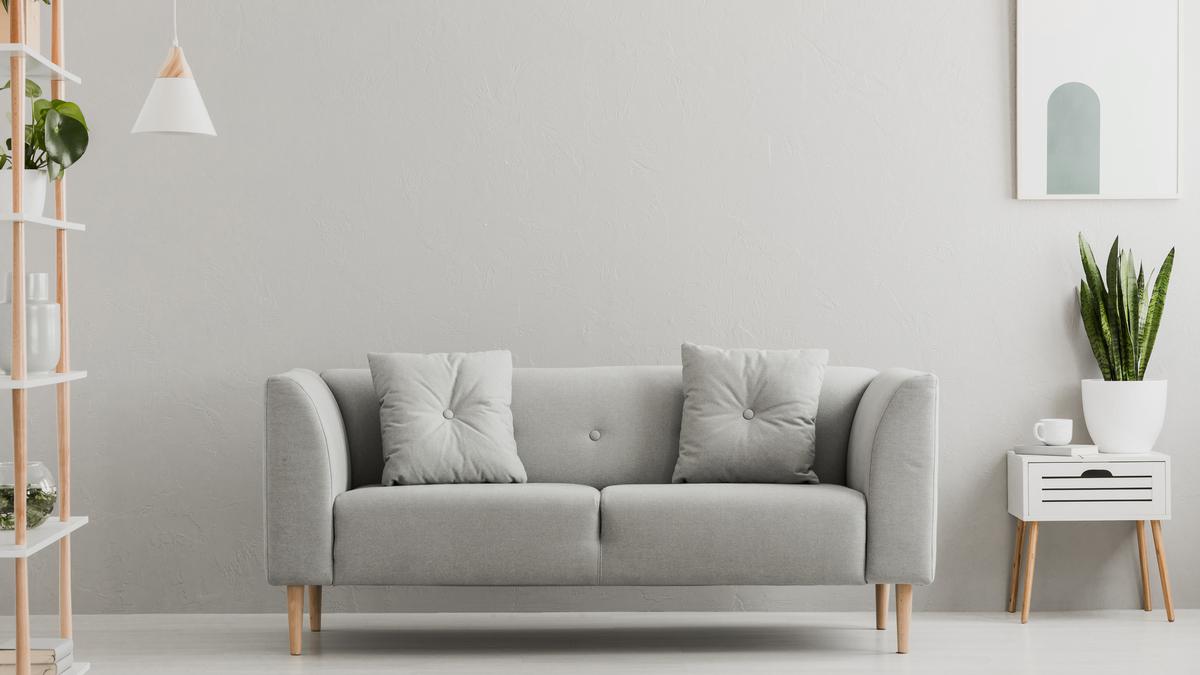We are drowning in possessions. If you disbelieve, check any drawer, closet, cupboard, or chest of drawers in your home. Chances are, it’s filled to bursting capacity. Same goes for the many tables, surfaces, and counters — everything’s drowning in a surfeit of possessions. In 2023, perhaps the best thing you can do for your home is to make it the year of less, and embrace minimalism and makeunders.
According to Joshua Becker, American author, writer, and philanthropist, minimalism forces intentionally into our lives. “It requires us to challenge our assumption and our motivations and whenever we do that, we win. Society will try to convince us that buying more and more things will make us happy. But it’s not true. Possessions never bring lasting happiness. And when we intentionally own less, we begin directing our lives towards our greatest passions,” he says.
The minimalist decorating style is all about restraint so that space, lighting, and accents stand out. What this essentially means is pausing and paring down your furnishings and décor pieces to only bare essentials. “This means you’re left with a space that is simple and uncluttered, one that accentuates the architectural features, showcases a set of curated objects for maximum impact, and creates a timeless aesthetic,” says Himani Shroff, a Delhi-based architect.
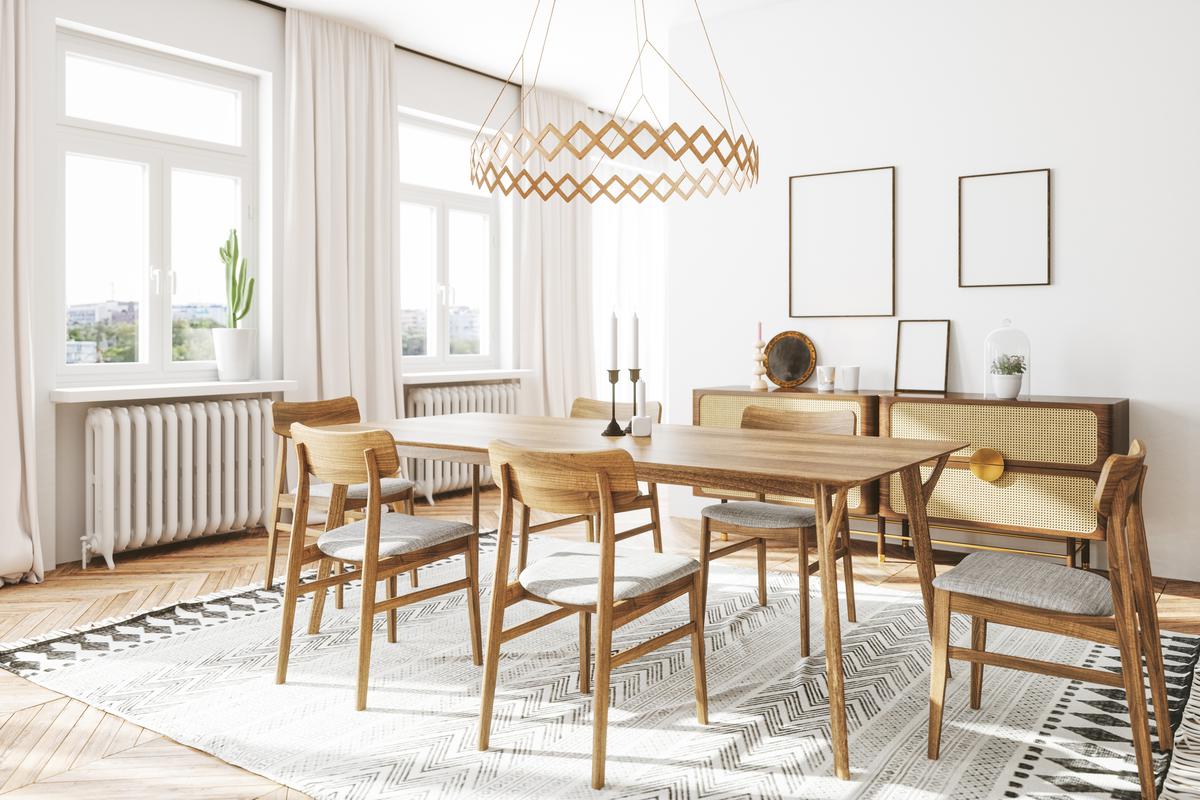
Becker, who has written four books on minimalism and intentional living, says we as a culture take in more and more (holiday, birthdays, sales, needs), but rarely find opportunity to discard. “Because we believe the best solution is to find organisational tools to manage all of it, we seek out bigger containers or more efficient organisational tips and tricks,” he says.
The man who backs minimalism discourages the idea of decluttering and organising periodically to stay on top of possessions, stating that “owning less is far more beneficial than organising more”.
“Excess possessions rob us of time, money, focus, and energy. Our lives are finite and made up of finite resources. Every time we direct those resources towards buying or managing possessions that we don’t need, we lose opportunity to direct those resources toward things that matter,” he says, adding that the year of less should begin at home.
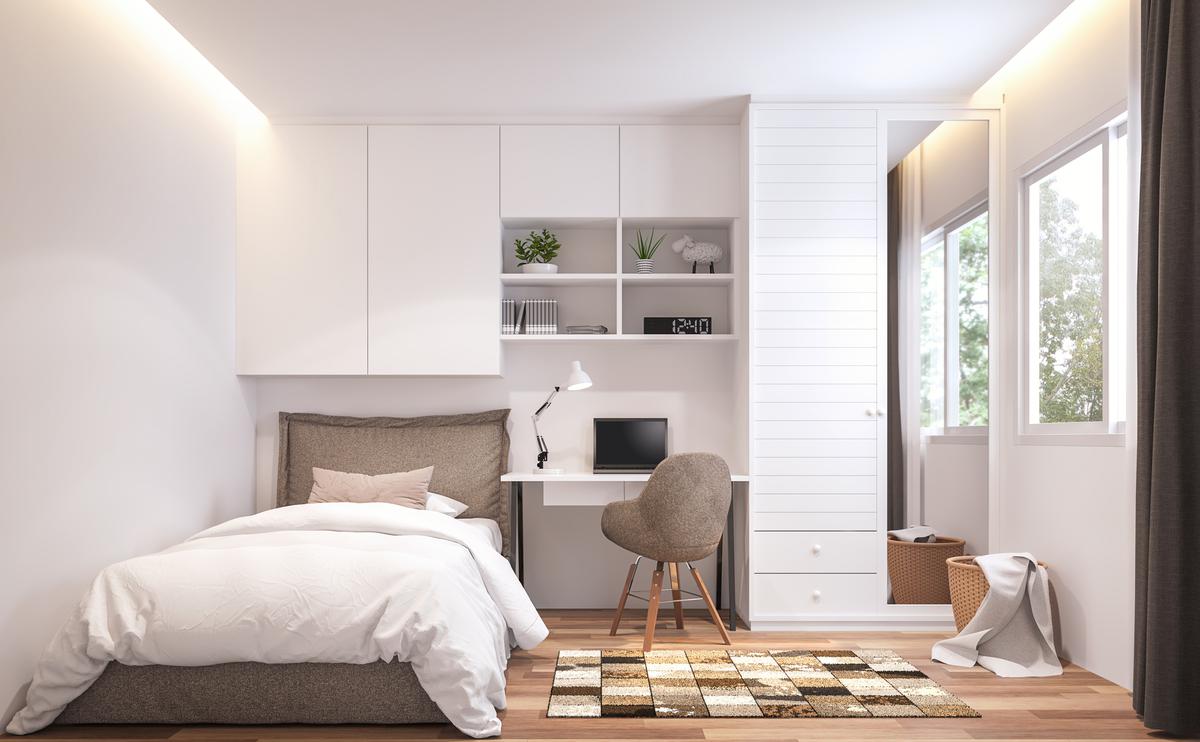
Shroff agrees that minimalism helps your home breathe and creates a simple, sparse, and stylish look that makes its way to other facets of your life in time. “Minimalism goes hand in hand with functionality. A well-designed minimalist space incorporates an open floor plan, ample light, and clean lines to create an inviting and comfortable space,” she avers.
So, how can you minimise things around the home to create a minimal space?
Use a subtle colour palette
Stay away from pops of colour if you’re looking to score the minimalist look. Monochrome palettes lend themselves well to minimalism. Try shades of white and cream along with understated neutrals such as greys, beiges, and light pastels. “You can add a bit of colour, but make sure it’s not over the top. The use of colour should be restrained,” Shroff says.
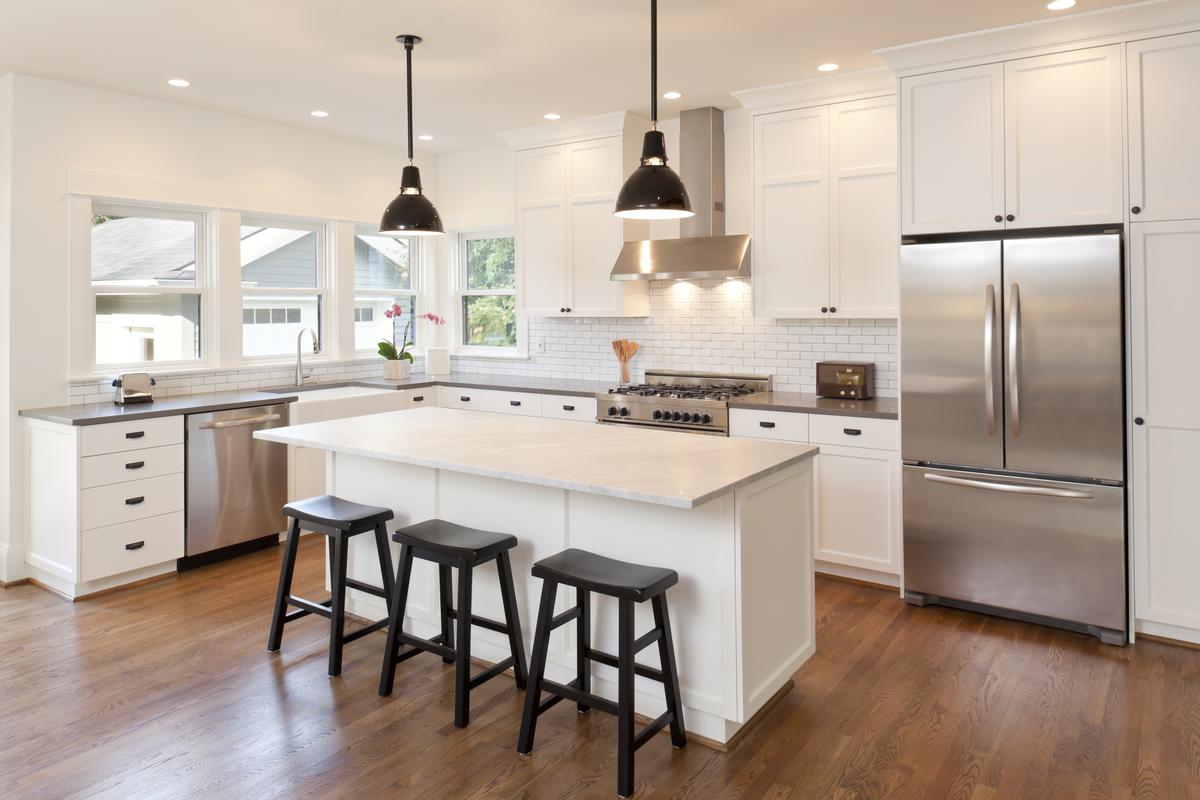
Edit for sparse spaces
Empty spaces are the foundation of minimalist décor as they encourage relaxation and quietude. Make sure that your rooms are not chock-a-block with vases, sculptures, and knick-knacks. Declutter and edit regularly, and purge what you don’t need. “Keep the bare minimum on surfaces, and display only what you really like on shelves and tables. Pop what you don’t need routinely in cabinets,” says Achintya Kolhapure, a Pune-based interior designer.
Create a focal point
Now that the room is edited, aim for visual balance by having a focal point. Minimalism doesn’t translate into only simple spaces; accents and décor elements find place, but sparingly. “Try not to overwhelm your home with a number of accents. Instead of too many art pieces on every wall, choose wisely and display an impactful piece on one wall. The same goes for accents and accessories; don’t plop them on every available surface,” Shroff suggests.
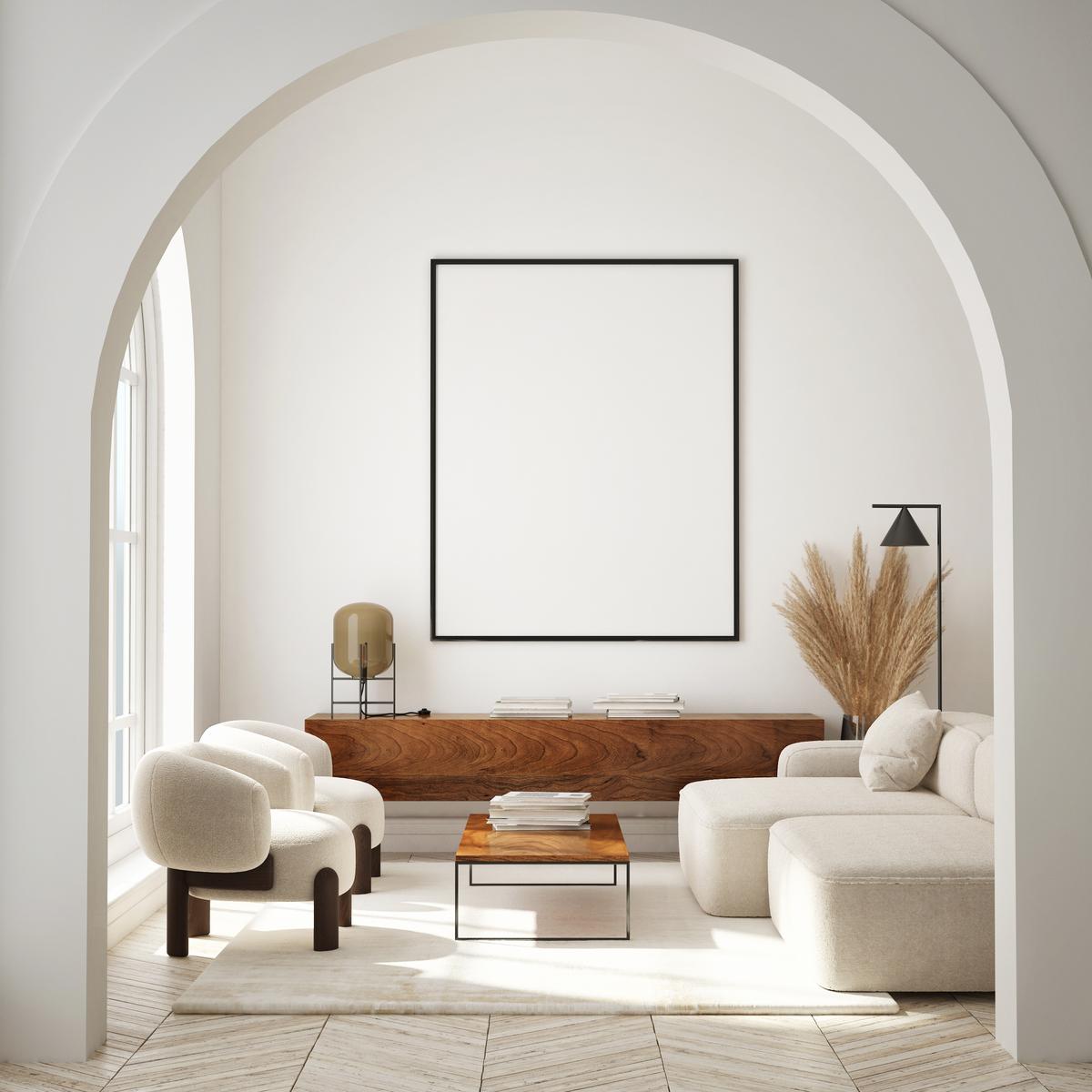
Let there be light
Natural light is your home’s best friend, whatever kind your décor may be. Bare windows work really well in the minimalist style, but they are not very practical. Install French windows, especially in areas that open up to natural views. Sheer or plain curtains work well, as do simple blinds and wooden louvers.
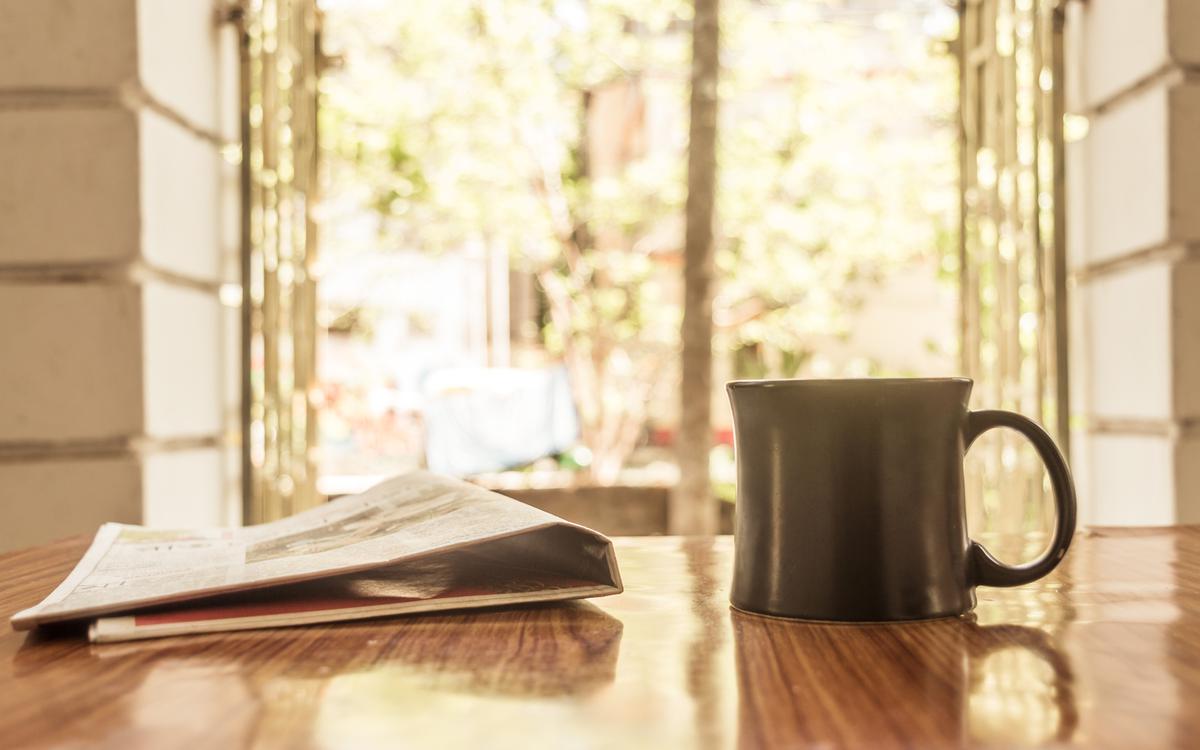
Showcase simple objects
No surprises that Scandinavian-style accents and accessories work the best in a minimalist setting. Rethink the quantity and quality of the objects in your home. Get rid of what things that no longer spark joy, and invest only in quality items that you would love to use. Don’t set them aside for some day. “When set against a neutral backdrop, even the simplest ceramic figurine or candle stands out,” says Kolhapure.
More textures, fewer patterns
Adding new textures in different spaces add visual and tactile interest to minimalist interiors. Think wooden flooring in one room, a shaggy rug in another. Bedrooms benefit from upholstered headboards and grainy runners while textured wallpaper and shiny accents create the perfect living room. When it comes to patterns, less is always more. “If you can’t live without them, choose small patterns or tone-on-tone pieces. A pretty patterned rug is ideal — it ties the room together and creates interest,” Shroff says.
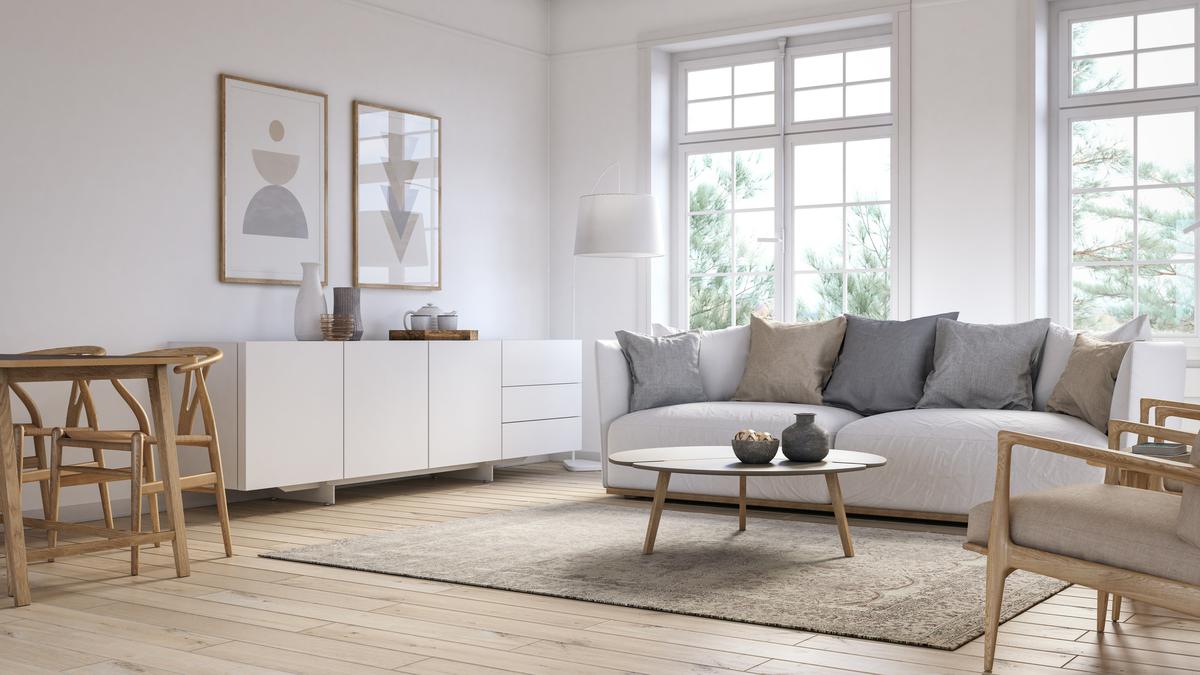
Becker says the first step in the right direction doesn’t need to be a big one. If you are struggling to make progress in this area, don’t try decluttering hard things first (sentimental items, paper, books, even difficult spaces like an attic or garage). “Instead, grab one bag or box and begin walking through your home looking for things that you can remove. Then, pick one ‘easier’ space and declutter an entire area in a place where you can see and appreciate the progress,” he suggests.
Tips for every room
Joshua Becker offers tips for every room, to ensure that your spaces are minimal yet stylish.
Living room: Keep only decorations that tell your story or inspire you to live a better life.
Bedroom: The purpose of a bedroom is rest and intimacy. Remove anything from your bedroom that doesn’t serve that purpose.
Kids room: Choose physical boundaries for items such as clothes, toys, arts and crafts, and allow them to decide what stays in those boundaries.
Home office: If you can find a digital copy of a document, you don’t need the physical paper.
Kitchen: Remove kitchen appliances and decorations from the counter. Free up your surfaces and cooking becomes more relaxing and enjoyable.
How to own less
Joshua Becker offers his advice:
1. Challenge yourself to remove all unneeded things in your home.
2. Carry a trash bag from room-to-room.
3. See how big of a donation pile you can make.
4. Eliminate debt by selling what you no longer need.
5. Rid yourself of the extra weight in a permanent manner.


